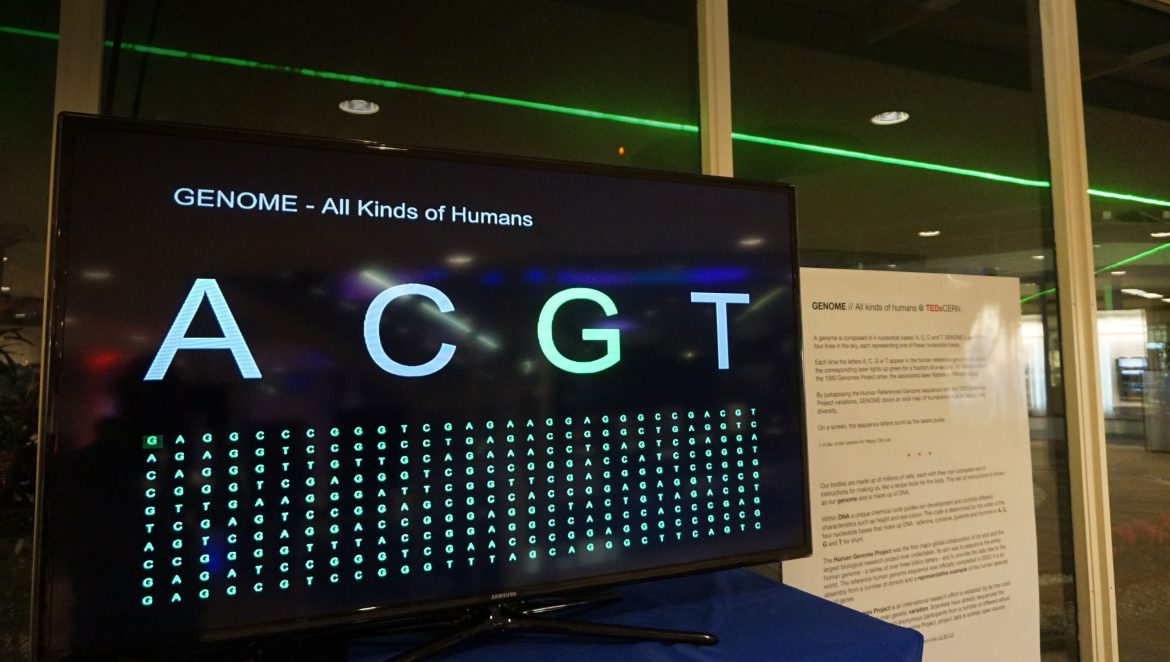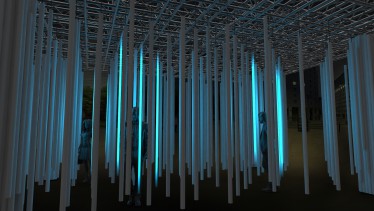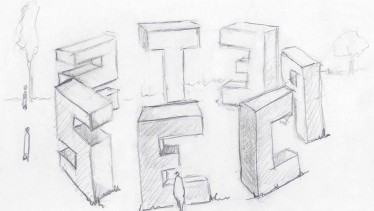Genome - All Kinds Of Humans
MONUMENTAL ARTWORK ///
Premiered at the CERN for TEDxCERN 2016.
A genome is composed of 4 nucleotide bases: A, G, C and T. GENOME’s lasers trace four lines in the sky, each representing one of these nucleotide bases.
Each time the letters A, C, G or T appear in the human reference genome sequence, the corresponding laser lights up green for a fraction of a second. As variations from the 1000 Genomes Project arise, the associated laser flashes a different colour.
By juxtaposing the Human Referenced Genome sequence with the 1000 Genomes Project variations, GENOME draws an arial map of humankind in all its beauty and diversity.
On a screen, the sequence letters scroll as the lasers pulse.
///////////////////
Our bodies are made up of millions of cells, each with their own complete set of instructions for making us, like a recipe book for the body. This set of instructions is known as our genome and is made up of DNA.
Within DNA a unique chemical code guides our development and controls different characteristics such as height and eye colour. This code is determined by the order of the four nucleotide bases that make up DNA : adenine, cytosine, guanine and thymine or A, C, G and T for short.
The Human Genome Project was the first major global collaboration of its kind and the largest biological research project ever undertaken. Its aim was to sequence the entire human genome - a series of over three billion letters – and to provide the data free to the world. The reference human genome sequence was officially completed in 2003; it is an assembly from a number of donors and a representative example of the human species' set of genes.
The 1000 Genomes Project is an international research effort to establish by far the most detailed catalogue of human genetic variation. Scientists have already sequenced the genomes of over two thousand anonymous participants from a number of different ethnic groups. As with the initial Human Genome Project, project data is entirely open source.
Scientific definitions from Genome Research Limited, used under CC BY 3.0
- A Dan Acher creation for Happy City Lab
Special thanks go to:
- Tuuli Lappalainen - Columbia University Medical Center (CUMC) and Group Leader at New York Genome Center.
- Emmanouil Dermitzakis - Professor of Genetics in the Department of Genetic Medicine and Development of the University of Geneva Medical School
- Cédric Howald - University of Geneva







